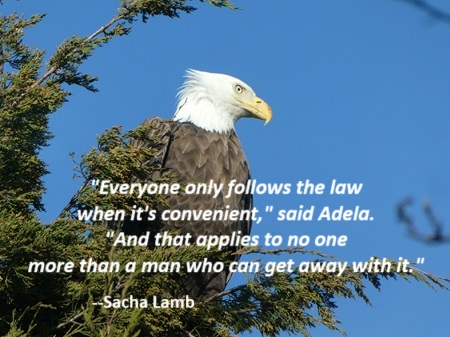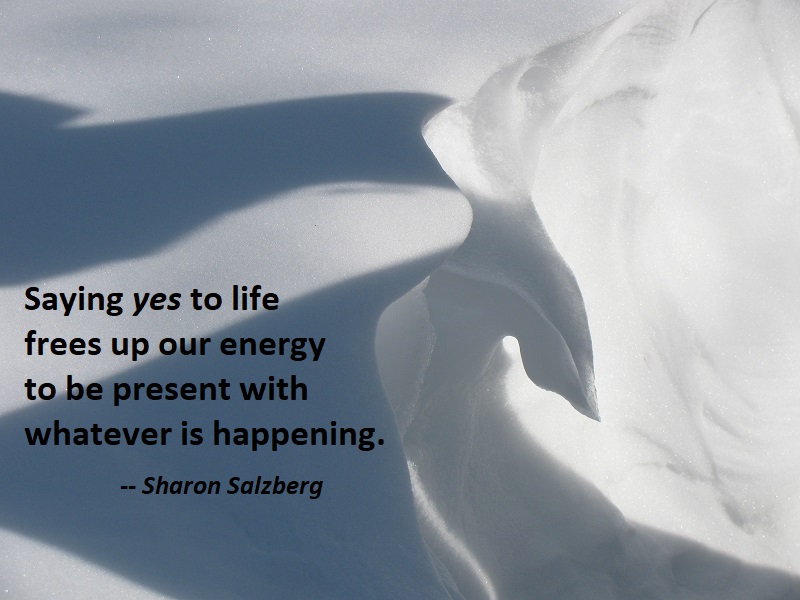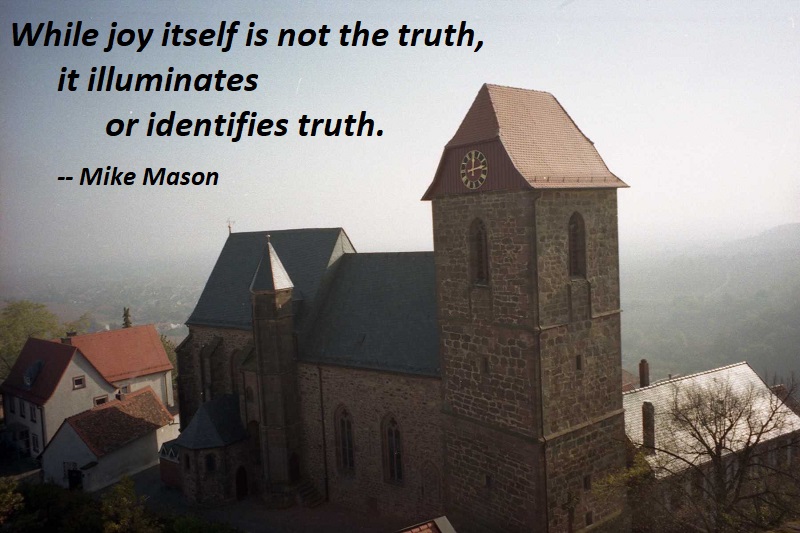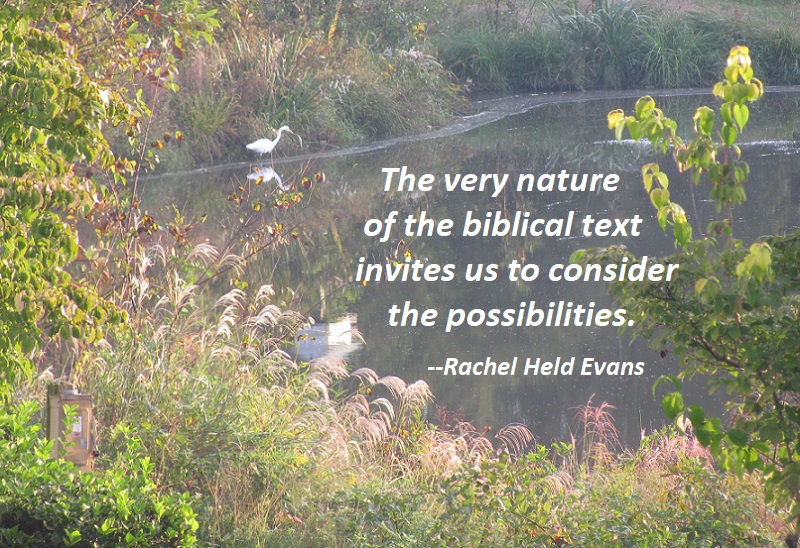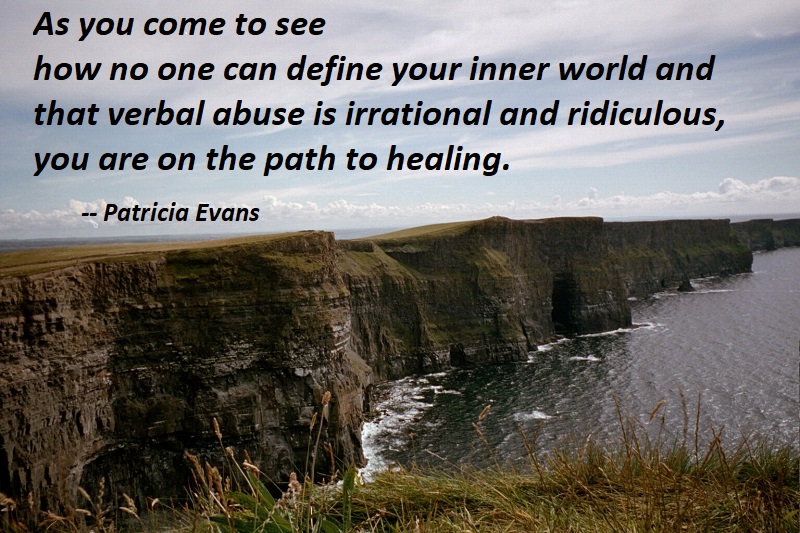Category: Truth
Is It Beautiful?
We need to constantly ask ourselves, “Is this beautiful? Is this thought beautiful? Is the attitude beautiful? Is this action beautiful? Does it reflect the beauty of Christ and the cruciform? If finger-pointing isn’t beautiful, then we should abandon it. If politically based protest isn’t beautiful, then maybe we can do without it. If the common man doesn’t recognize what we do in the name of Christ as beautiful, we should at least reexamine it. If a particular doctrine doesn’t come across as truly beautiful, then we should hold it suspect. Someone may raise the question, “Can beauty be trusted?” I believe it can, as long as we make the critical distinction between the shallow and faddish thing that our modern culture calls “image” and the absolute value that our ancestors have always understood as beauty. We can rightly evaluate our faith and practice in terms of beauty for this very reason: The Lord and his ways are beautiful. “He has made everything beautiful in its time.”
— Brian Zahnd, Beauty Will Save the World, p. 31
Photo: South Riding, Virginia, January 20, 2024
Without Redaction
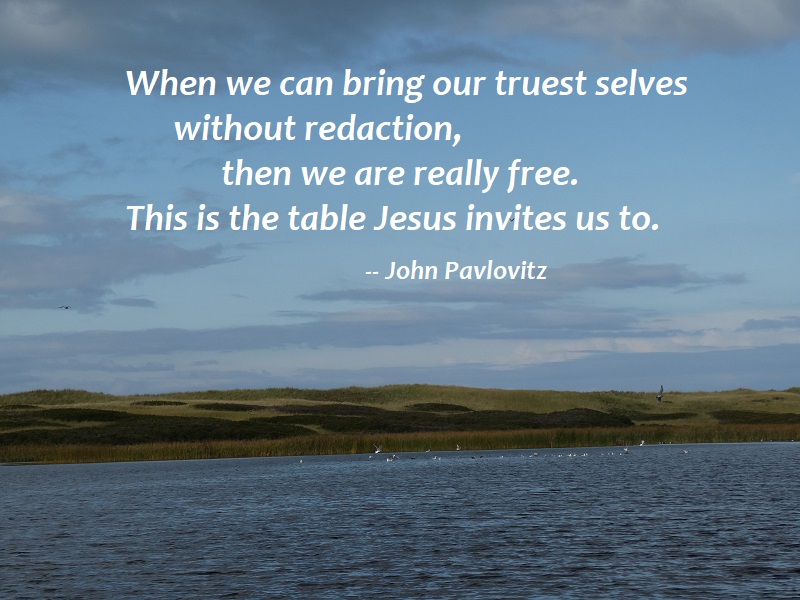
The goal of the gatherings is to create space where everyone can be the most real version of themselves and know that they have a place at the table. When you’re sure that your truest truth really is welcomed, you want to share yours. You want to be fully known. This is the heart of our church: the only person you need to be is the one you are at any given moment; flawed, failing, fearful, and loved by God and by those you gather with. Trust me when I tell you that it’s heaven on earth.
Community, spiritual or otherwise, is only redemptive to the degree that we are fully seen and known when we partake in it, when we no longer feel burdened to pretend, when guilt or shame or fear are no longer a threat. When we can bring our truest selves without redaction, then we are really free. This is the table Jesus invites us to. This is the table his example demands we set for the world. We, the filthy lepers, all get to dine with a Messiah, and none of us need to be clean.
— John Pavlovitz, A Bigger Table, p. 81-82
Photo: Greenwich Dunes, Prince Edward Island, September 25, 2019
Writing Your Life

And everything that has happened to you belongs to you. If people wanted you to write more warmly about them, they should have behaved better.
— Anne Lamott, Almost Everything, p. 92
Photo: South Riding, Virginia, March 20, 2019
Making Up Stories
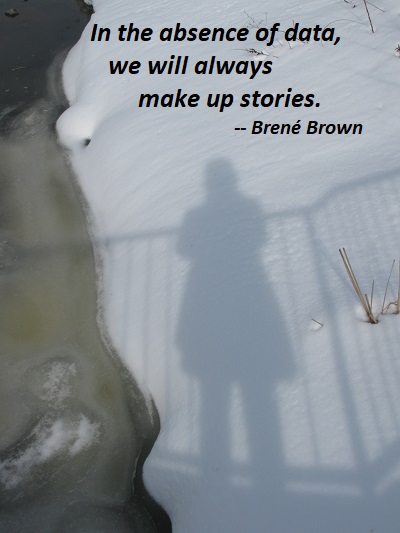
In the absence of data, we will always make up stories. It’s how we are wired. Meaning making is in our biology, and when we’re in struggle, our default is often to come up with a story that makes sense of what’s happening and gives our brain information on how best to self-protect. And it happens a hundred times a day at work. Our organizations are littered with stories that people make up because they don’t have access to information.
— Brené Brown, Dare to Lead, p. 258
Photo: South Riding, Virginia, January 26, 2016
Saying Yes to Life
Saying yes to life is enlivening and invigorating.
Saying yes to life frees up our energy to be present with whatever is happening.
Saying yes to life is the gateway to unimagined adventures and possibilities – as readily available to us in our living room as on a trek across India. It’s a matter of how we relate to our unfolding experiences.
— Sharon Salzberg, Real Love, p. 280
Photo: South Riding, Virginia, January 25, 2016.
The Forgiveness Process
But, of course, forgiveness is a process, an admittedly difficult one that often can feel like a rigorous spiritual practice. We cannot instantaneously force ourselves to forgive – and forgiveness happens at a different pace for everyone and is dependent on the particulars of any given situation. What we can do is create space for ourselves to forgive – and, perhaps ironically, part of that involves allowing ourselves to wrestle with our feelings of anger and pain to begin with. Once we are honest about our feelings, we can invite ourselves to consider alternative modes of viewing our pain and can see that releasing our grip on anger and resentment can actually be an act of self-compassion.
Telling the story, acknowledging what has happened and how you feel, is often a necessary part of forgiveness. Without that, we live in an artificial reality that is frozen in time, and sometimes woven from fabrication.
— Sharon Salzberg, Real Love, p. 196
Photo: Harpers Ferry, West Virginia, October 14, 2018
A Guide to Truth
Joy is a trustworthy guide to truth. Where joy is absent, we’re right to be suspicious, because joy is a characteristic of truth. It is not truth’s only trait; there are other marks to look for. But any teaching that doesn’t bear the mark of joy falls short of the whole truth. At times other aspects of truth (such as holiness or justice) may predominate, but where these other characteristics exist without a strong undercurrent of telltale joy — watch out!
While joy itself is not the truth, it illuminates or identifies truth. It’s the light shining on the signpost at night, telling us we’re on the right road. Joy is like the smile on the face of a loving friend. If we’re in a strange city and meet a familiar face in the crowd, yet receive no smile of greeting or recognition, we know something’s wrong. It’s a case of mistaken identity.
— Mike Mason, Champagne for the Soul, p. 93-94
Photo: Neuliningen, Germany, November 1, 1997
Consider the Possibilities
In other words, Bible stories don’t have to mean just one thing. Despite what you may have heard from a pastor or Sunday school teacher along the way, faithful engagement with Scripture isn’t about uncovering a singular, moralistic point to every text and then sticking to it. Rather, the very nature of the biblical text invites us to consider the possibilities.
“Turn it and turn it,” the ancient rabbis said of Scripture, comparing it to a precious gem, “for everything is in it.”
— Rachel Held Evans, Inspired, p. 40
Photo: South Riding, Virginia, October 1, 2018
Path to Healing
As you come to see how no one can define your inner world and that verbal abuse is irrational and ridiculous, you are on the path to healing. The verbal abuser tells you what your motives, thoughts, and feelings are, as if he or she were you. How crazy is that! You are self-defining. You are not too sensitive, nor do you want to start a fight, nor are you any other negative comment you’ve been told about yourself. But even if you know that what an abuser says is nonsense, it is still a blow to your mind and consciousness.
— Patricia Evans, Victory Over Verbal Abuse, p. 6
[Photo: Cliffs of Moher, Ireland, July 2001]
